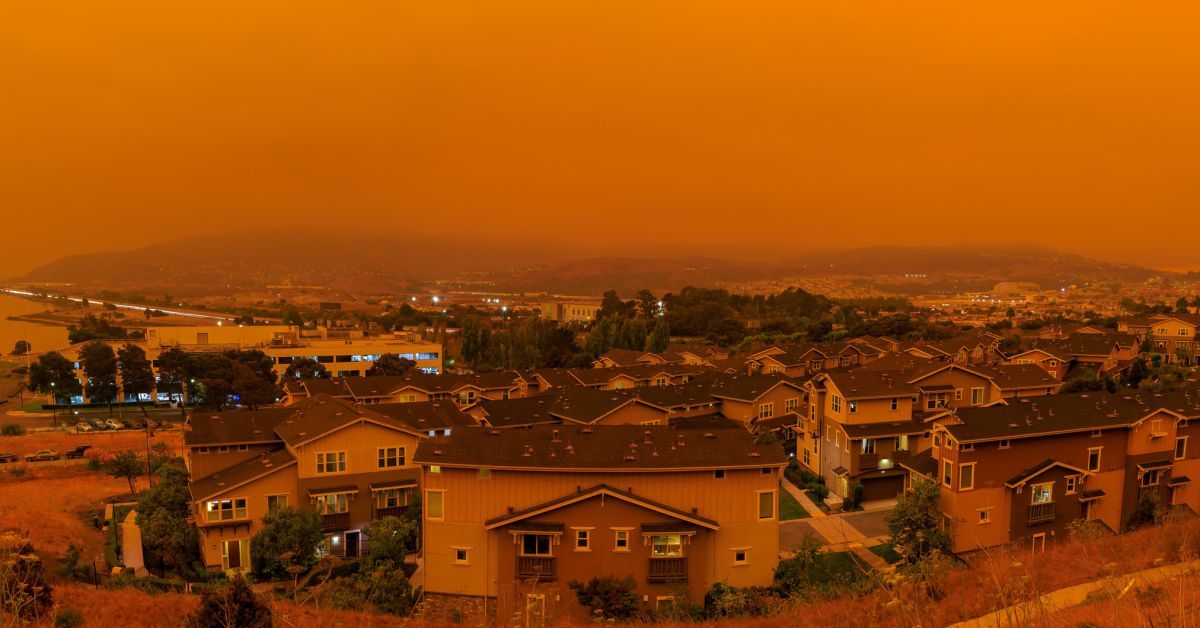How Are Insurance Markets Adapting to Climate Change? New Study Explores the Impact of Wildfires on Home Insurance
NBER working paper sheds light on insurance pricing strategies and regulatory challenges in California
Story by:
Published Date
Story by:
Topics covered:
Share This:
Article Content
Have you noticed your homeowners insurance premiums going up, or even had trouble finding a policy at all? You’re not alone. Across the country, insurance companies are raising rates, reducing coverage, and sometimes even exiting the market entirely. As natural disasters increase in frequency and intensity due to climate change — with annual losses in the U.S. now topping $120 billion — the homeowners insurance market is facing unprecedented challenges.
A new working paper from the National Bureau of Economic Research (NBER), titled “How Are Insurance Markets Adapting to Climate Change? Risk Selection and Regulation in the Market for Homeowners Insurance,” provides critical insights into these issues, particularly in California, the largest insurance market in the United States and the fourth largest in the world.
Co-authored by Judson Boomhower of UC San Diego, Meredith Fowlie of UC Berkeley, Jacob Gellman of the University of Alaska Anchorage, and Andrew J. Plantinga of UC Santa Barbara, the paper delves into how insurance companies are responding to increased climate risks, particularly wildfires, which have become the fastest-growing source of catastrophe-related damages in the United States.
Taking advantage of California’s laws that require insurance companies to submit detailed documentation of the data they use to set premiums and combining this with proprietary data on a large sample of California homes (100,000), the environmental economists were able to reconstruct the pricing formulas used by six insurers: State Farm, Allstate, Nationwide, Liberty Mutual, USAA and AAA Automobile Club of Southern California.
Key findings:
-
Varied risk pricing strategies: The study reveals significant variations in how insurers price wildfire risk. Some insurers can only segment the market coarsely and price risk at the zip code level. Others use state-of-the-art catastrophe models and price risk at a much more granular level. This results in widely varying insurance premiums for homes in high-risk areas.
-
Risk pricing gradient disparities: There is a notable difference in how insurance prices reflect underlying wildfire risks. While prices for some insurers with more sophisticated models, like State Farm, closely track predicted costs of providing wildfire coverage, others with less granular pricing strategies exhibit steeper price gradients, indicating a more conservative approach to risk pricing.
-
Adjusting for adverse selection: The pricing behavior observed suggests that insurers may be increasing premiums to guard against the “winners’ curse,” whereby firms with less sophisticated models might “win” high-risk customers (or “lemons” as they’re sometimes called) and end up with higher-than-anticipated costs, while firms with more granular pricing models “cream skim” low risk customers.
-
Regulatory impacts: California’s prior approval regulations limit the rate increases insurers can request. This, combined with information asymmetries, exacerbates the challenge, potentially leading firms to exit high-risk market segments rather than risk selling insurance at a loss.
Why does this matter?
“Our research highlights the key role of information limitations in the pricing and availability of insurance for wildfires and other climate risks,” says co-author Judson Boomhower, assistant professor of economics in the UC San Diego School of Social Sciences and a faculty research fellow at the NBER. “When prices are based on coarse proxies for true risk, insurers set high prices to guard against adverse selection. This conservative pricing exacerbates the challenges from increasing climate risk and existing rate regulation, contributing to market exits.”
The authors believe that understanding the interaction between regulatory constraints and information limitations is crucial for developing effective policies. Their findings, they say, can inform regulatory reforms that balance consumer protection with the need for market stability.
What’s next?
The results suggest that improving the accuracy and availability of advanced risk assessment tools could improve market outcomes. By improving access to high-quality information, insurers can better price risks, which could help stabilize the market and make insurance more affordable for everyone.
This research was supported in part by the University of California Office of the President Laboratory Fees Program (LFR-20-652467) and, to Boomhower, an Andrew Carnegie Fellowship from the Carnegie Corporation of New York.
Topics covered:
Share This:
Stay in the Know
Keep up with all the latest from UC San Diego. Subscribe to the newsletter today.




